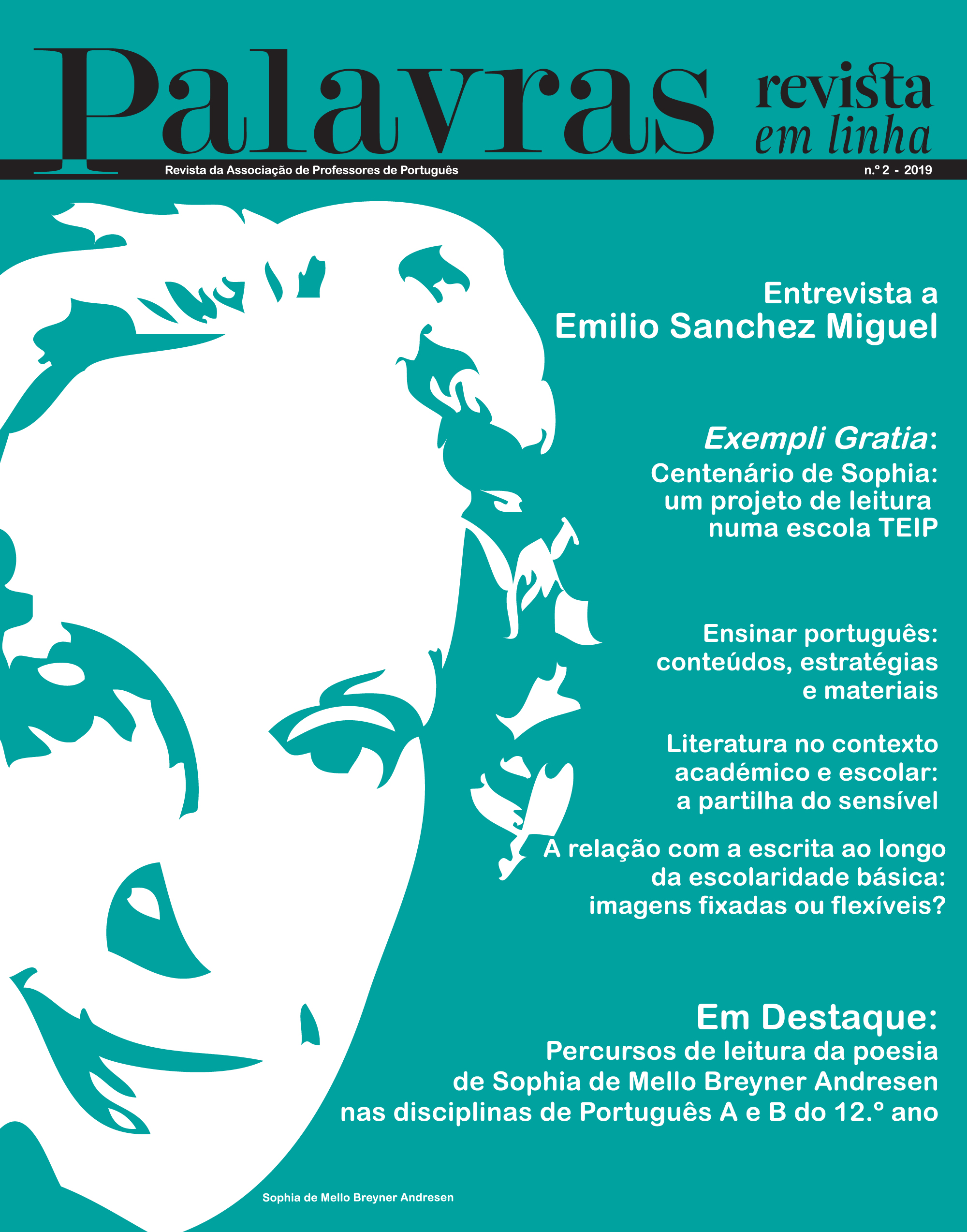The neurosciences of reading and early childhood education
Abstract
We present the results of a research in the area of teaching children's literacy carried out in a class of a public school located in Natal, capital of the state of Rio Grande do Norte (RN). The research compared the effectiveness in teaching literacy according to the global method, with an innovative methodology that integrates the theoretical foundations of reading neurosciences (Dehaene, 2007) with the use of literacy materials specially created for research (Naschold, 2014 b). The main objective of the study was to verify progress made in children's learning after the application of the two methodologies, using as reference children's starting point and the result obtained after the methodological intervention carried out in the experimental and control groups. For this, before and after work, were applied the Test of Letters and Words, the Test of Reading of the Words and Sentences and the Raven Infant Test / Special Scale of Application. The comparison of the results of linguistic tests showed, with high percentage, that the innovative methodology has advantages in teaching how to read and write.
Excerpts from articles can be transcribed in the context of the norms of intellectual work, with the exact bilbiographic reference to the source text.



